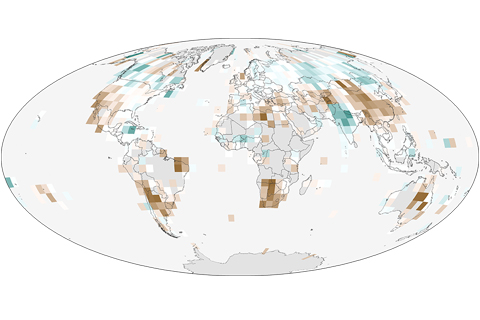
2013 continued a trend of water vapor in the surface atmosphere increasing over land and ocean relative to the 1970s, while the atmosphere over land becomes less saturated.

In 2013, global average sea level was 1.5 inches above the 1993-2010 average, which is the highest yearly average in the satellite record (1993-present). Overall, sea level continues to rise at a rate of one-eighth of an inch per year.
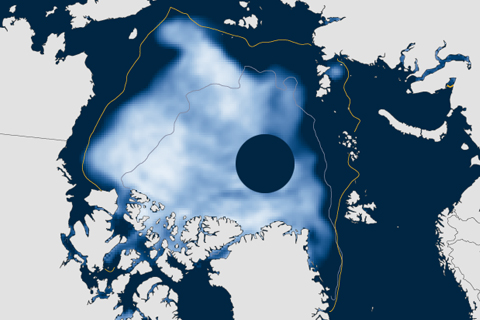
Arctic sea ice extent shrunk down to 2.0 million square miles (5.1 million square kilometers) in September 2013—18 percent below the 1981-2010 average, but larger than record low set in 2012.

While the Northern Hemisphere’s snow cover on land ranked as the 13th most extensive on record in 2013, snow cover extent at the end of the cold season has dropped by 19.9 percent per decade since 1979 relative to the 1981-2010 average.
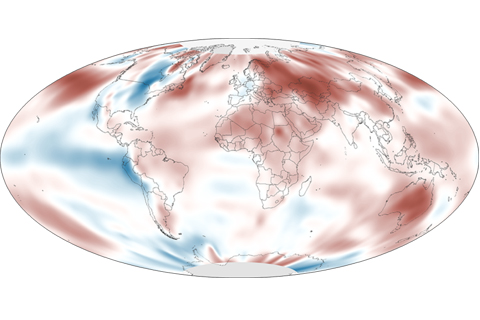
Globally-averaged surface temperature for 2013 was 0.36 - 0.38° Fahrenheit above the 1981–2010 average, placing it among the top 10 warmest years since record-keeping began.
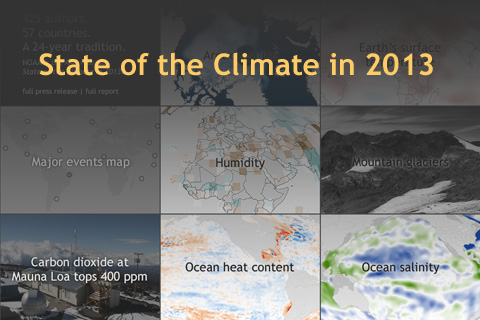
From the strongest typhoon ever observed to historically high atmospheric carbon dioxide levels, the State of the Climate in 2013 report provides a complete rundown on the state of Earth's climate and how it is changing.
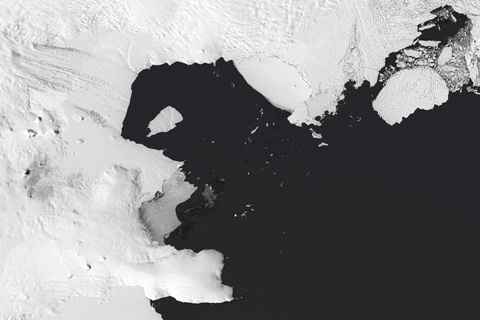
Why on Earth are climate scientists so interested in the West Antarctic ice sheet? This remote region of the seventh continent has been the subject of many recent research explorations--the results of which have been described in the news with words like “collapse,” “irreversible,” and “huge.”
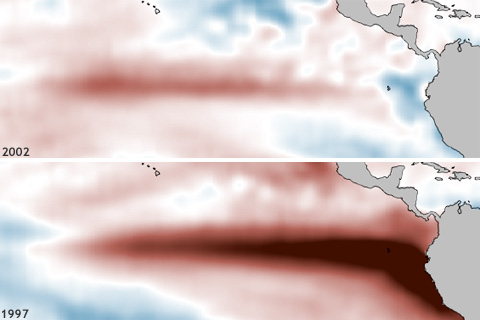
For the billions of people in Asia who depend on the Indian Monsoon for the majority of their yearly rainfall, the precise location where the Pacific warms during El Niño may be the difference between a relatively normal year and a devastating drought.

Jacqueline Kozak Thiel, Hawaii's State Sustainability Coordinator, talks about the state's unique sustainability challenges and how the island chain is planning for climate change.
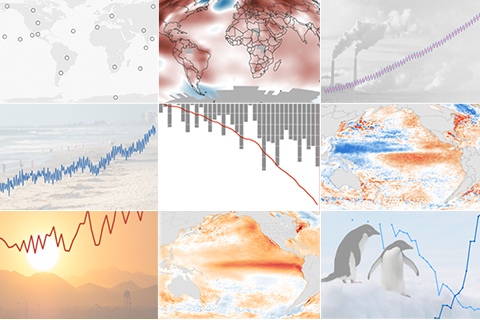
Every year hundreds of scientists from scores of countries team up to give the Earth's climate a comprehensive physical. Edited by NOAA scientists and published by the American Meteorological Society, the State of the Climate in 2015 draws on tens of thousands of observations of everything from forest fires to fish migration to catalog climate variability and change.